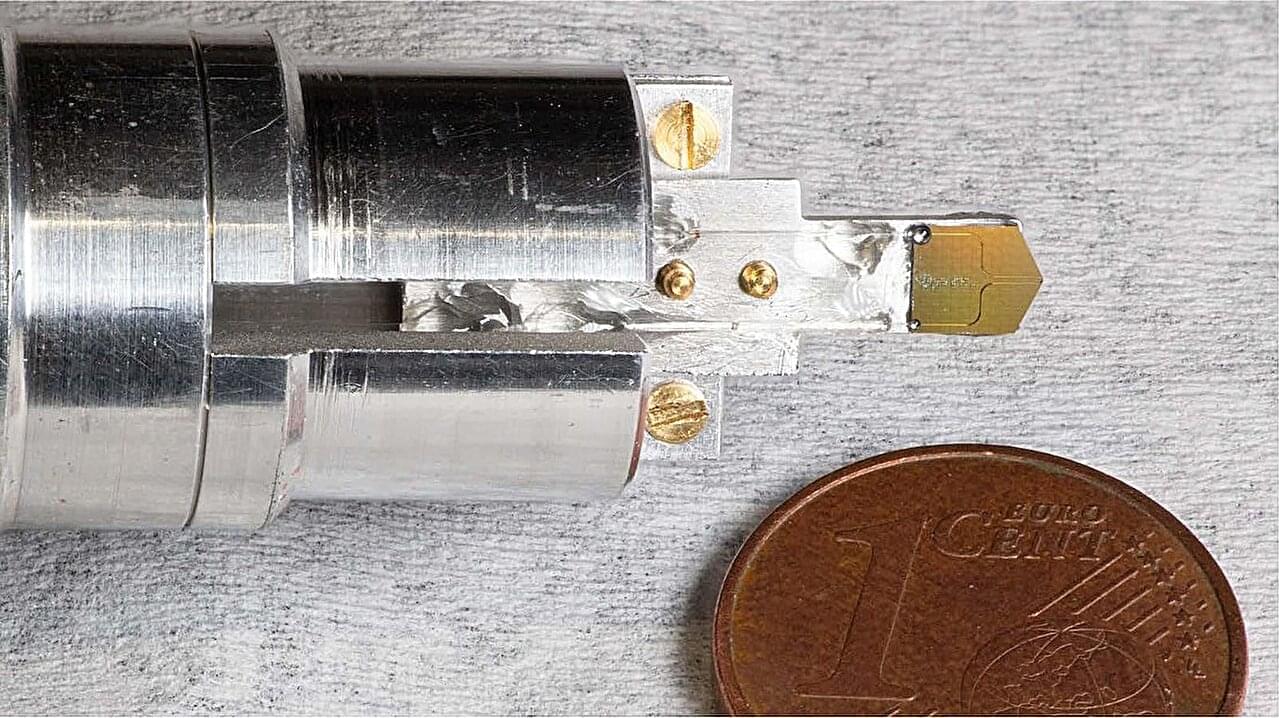EPFL researchers have developed a method to calibrate electron spectrometers with extreme accuracy by linking microwave, optical, and free-electron frequencies.
Frequency is one of the most precisely measurable quantities in science. Thanks to optical frequency combs, tools that generate a series of equally spaced, precise frequencies like the teeth of a ruler, researchers can connect frequencies across the electromagnetic spectrum, from microwaves to optical light, enabling breakthroughs in timekeeping, spectroscopy, and navigation.
Electron energy-loss spectroscopy (EELS) is a powerful tool used to investigate the structure and properties of materials at the atomic level. It works by measuring how electrons lose energy as they pass through a sample. But although EELS provides excellent spatial resolution, its spectral resolution, the ability to measure energy precisely, has lagged behind optical methods.
